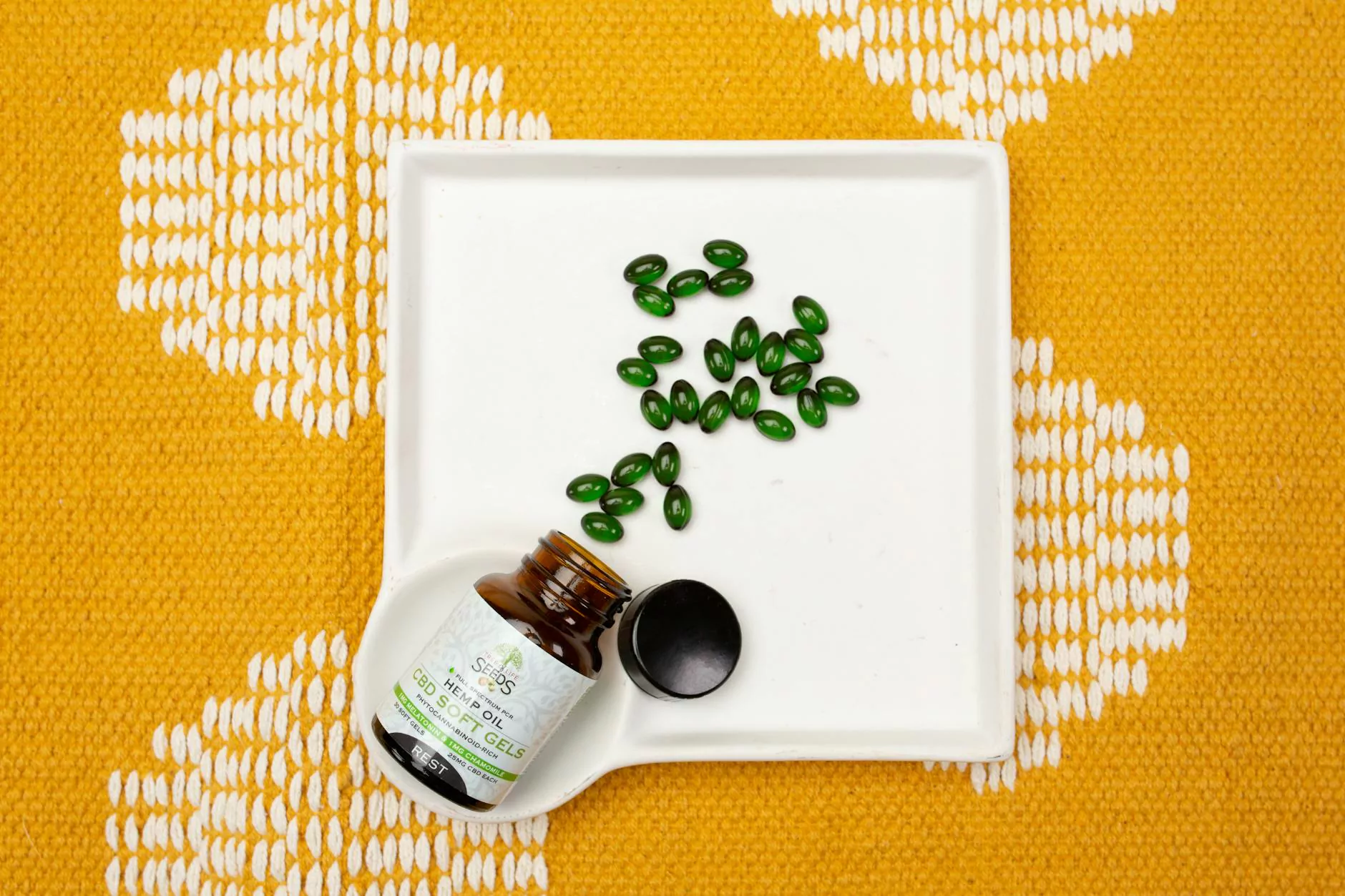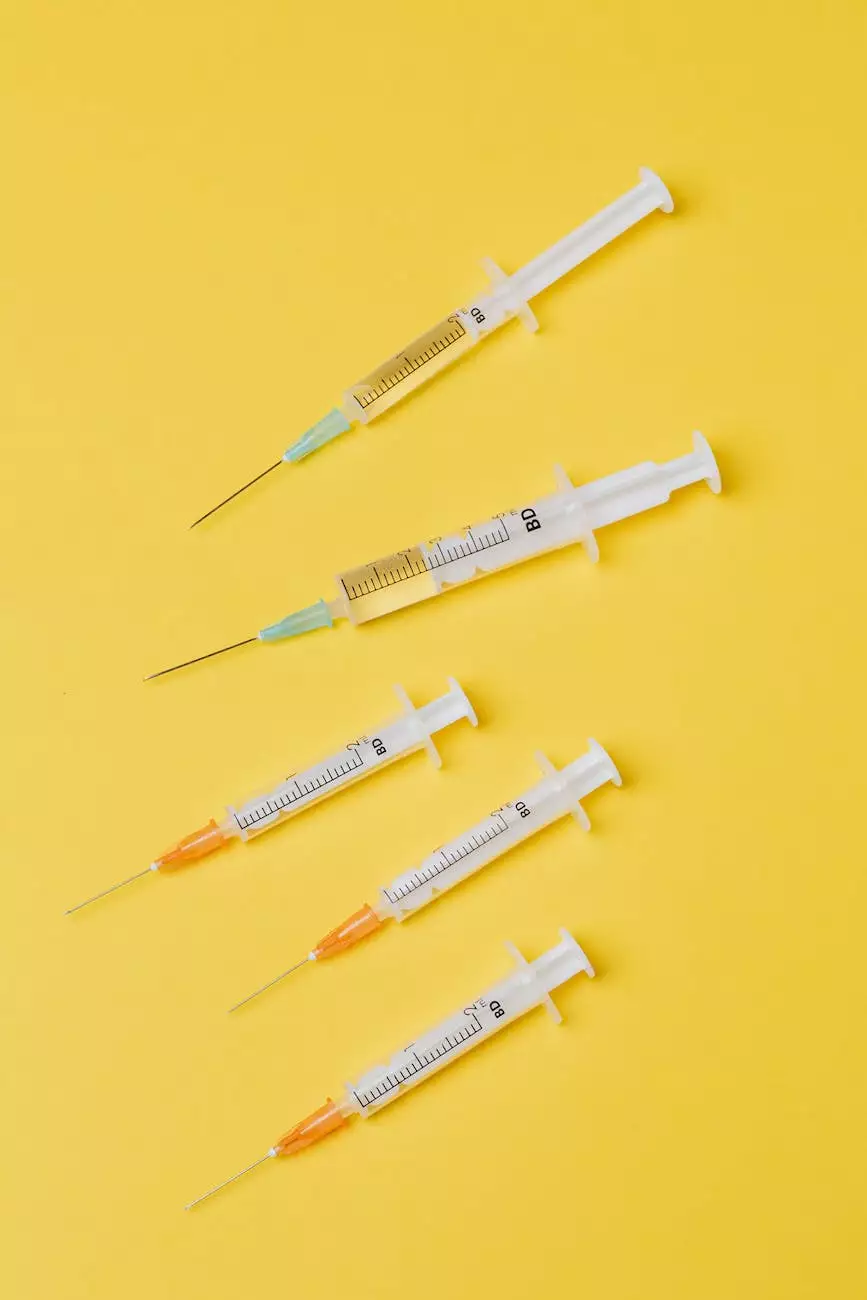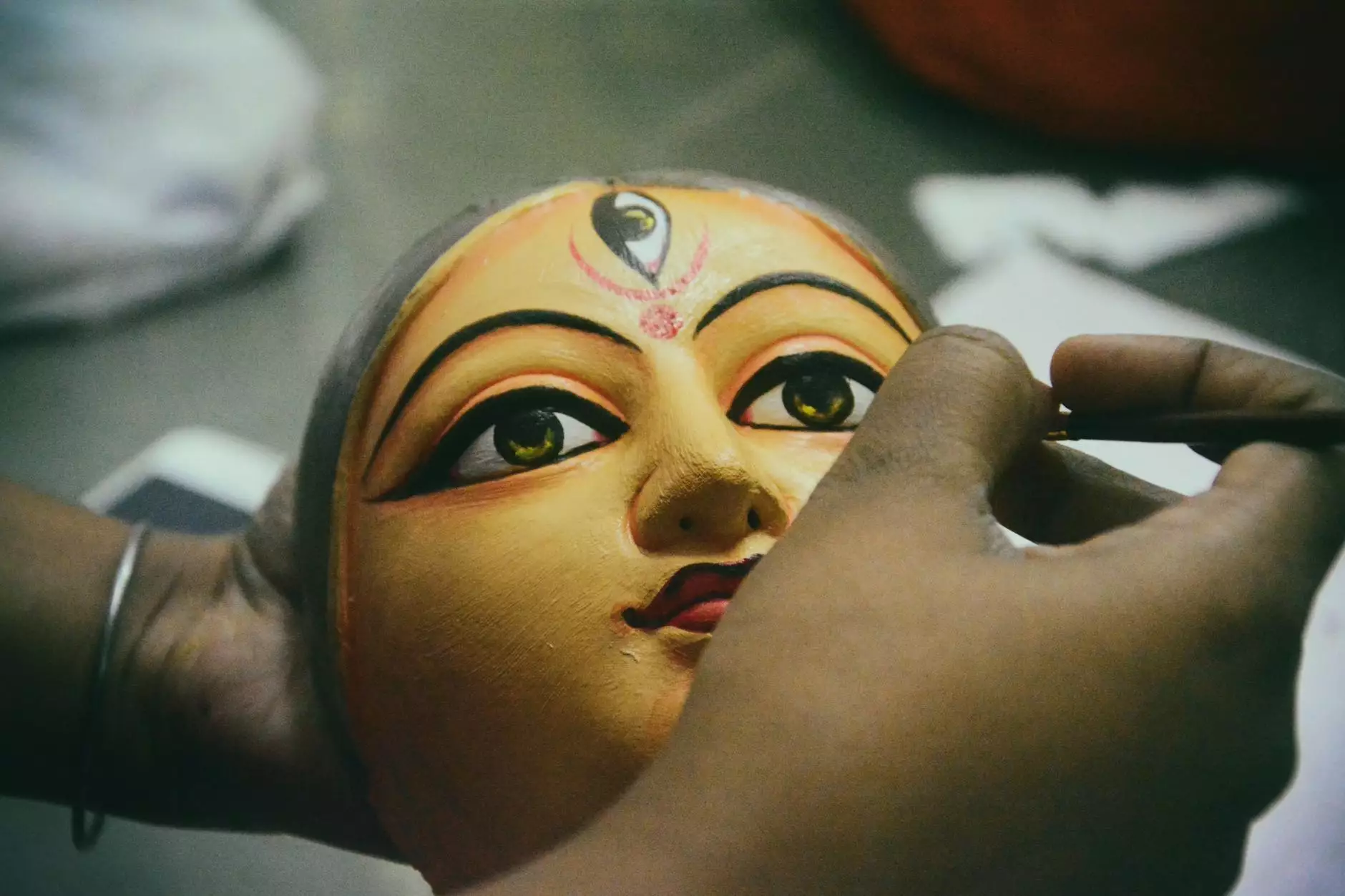Circumcision Discharge Instructions

Introduction
Welcome to Foley James D MD's comprehensive guide on circumcision discharge instructions. In this article, we will provide you with detailed information on how to properly care for yourself or your child after a circumcision procedure. Following these instructions is crucial for a smooth and successful recovery. We understand that this can be a sensitive topic, but we are committed to providing you with the necessary guidance to ensure optimal healing.
What is Circumcision?
Circumcision is a surgical procedure that involves the removal of the foreskin, the fold of skin covering the tip of the penis. This procedure is performed for various reasons, including religious, cultural, or medical considerations. It is typically carried out shortly after birth, but it can also be performed later in life.
Aftercare Instructions
Proper aftercare is crucial for a smooth healing process. Follow these detailed instructions to ensure the best possible outcome:
1. Managing Discomfort and Pain
After the procedure, it is normal to experience some discomfort and pain. However, this can be managed with over-the-counter pain relievers recommended by your healthcare provider. Follow the recommended dosage instructions and always consult with your healthcare provider if you have any concerns.
2. Dressing and Bandage
Your healthcare provider will provide you with specific instructions on how to care for the dressing and bandage. It is important to keep the area clean and dry. Avoid using any harsh soaps or lotions on the incision area. Gently pat the area dry after showering or bathing.
3. Activities and Physical Rest
Engaging in physical activities should be avoided initially, as it can interfere with the healing process. Resting and avoiding strenuous activities will help promote healing. It is recommended to take a few days off work or school to allow your body to recover.
4. Hygiene
Maintaining proper hygiene is essential during the healing process. Here are some important hygiene tips to follow:
- Gently clean the area with warm water after each urination to prevent bacterial growth.
- Use mild, unscented soap when cleaning the area.
- Dab the area dry with a soft, clean towel after cleaning.
- Avoid using baby wipes or any other scented products that may irritate the area.
5. Avoidance of Sexual Activity
It is important to avoid any form of sexual activity until the healing process is complete. Sexual activity can disrupt the healing process and increase the risk of complications.
6. Follow-up Appointments
Your healthcare provider will schedule follow-up appointments to monitor your progress. Attend these appointments as scheduled and discuss any concerns you may have with your healthcare provider. They will provide you with additional guidance based on your specific circumstances.
Conclusion
By following these circumcision discharge instructions provided by Foley James D MD, you can ensure a smooth and successful recovery process. Proper aftercare plays a critical role in preventing complications and promoting optimal healing. If you have any further questions or concerns, do not hesitate to reach out to your healthcare provider for guidance and support.
We hope this guide has provided you with the necessary information to make informed decisions regarding circumcision aftercare. Remember, every individual's healing process may vary, so it is essential to consult your healthcare provider for personalized instructions and advice. Take care and prioritize your well-being during this recovery period.




